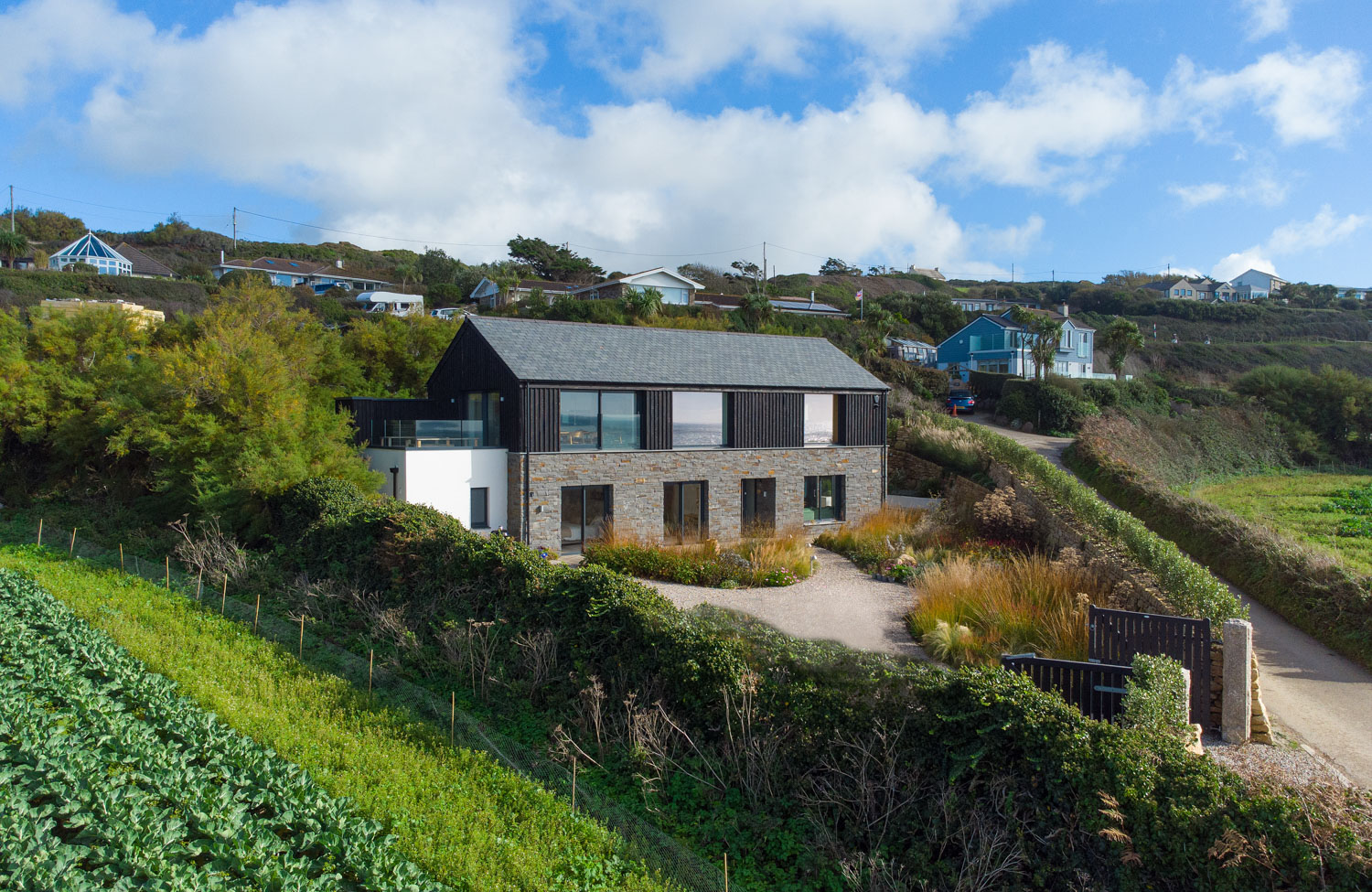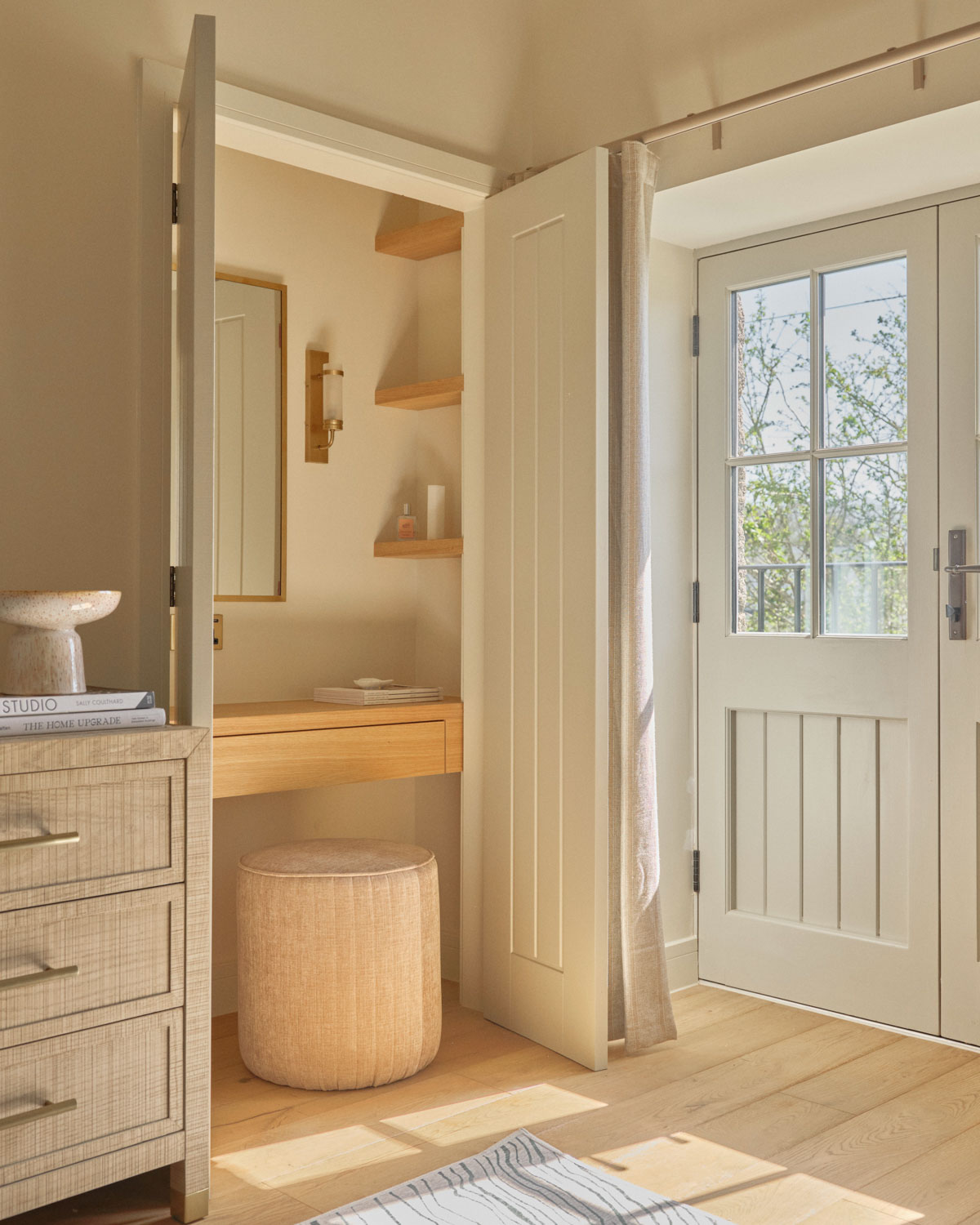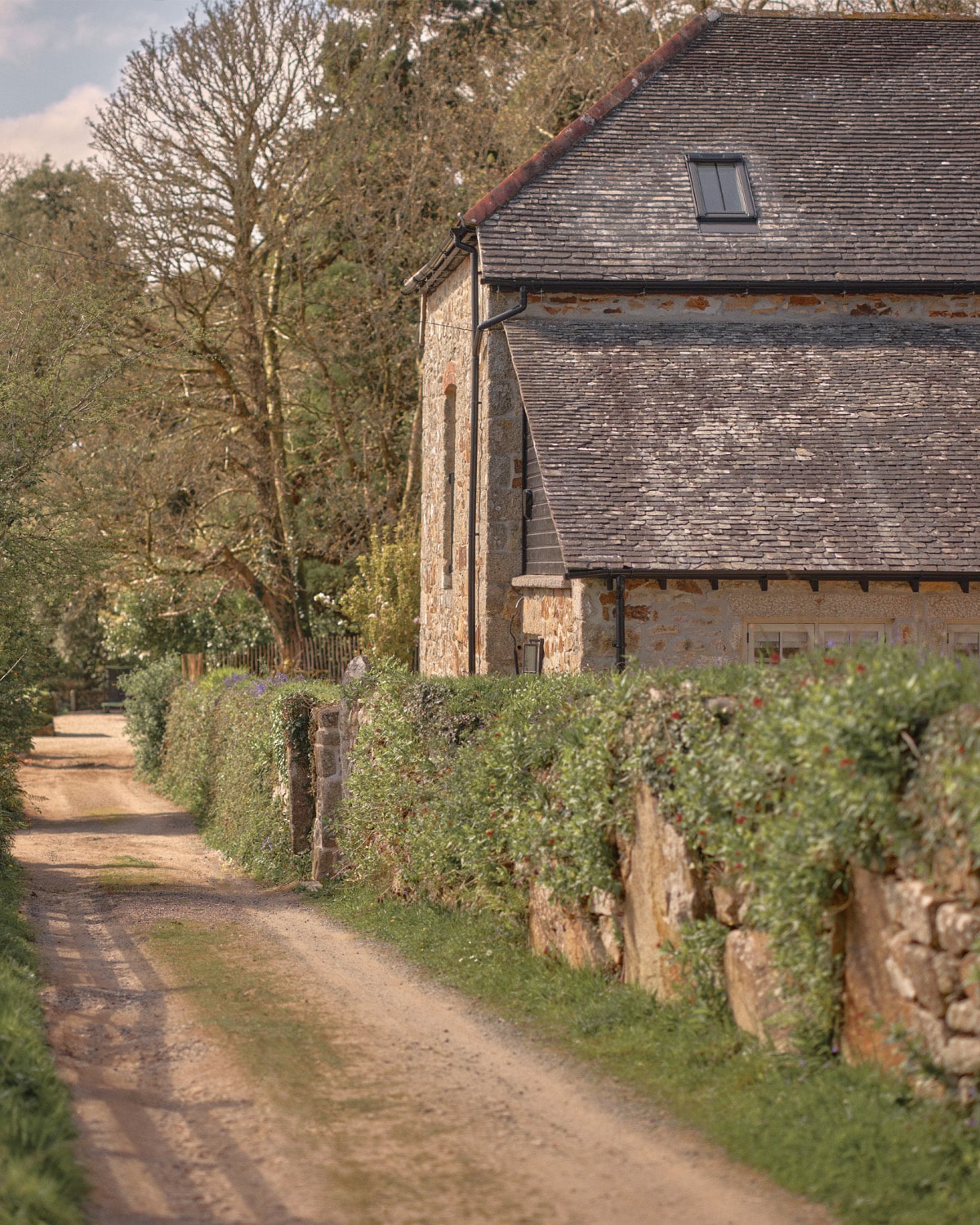Let's explore some more of the details you need to think about before beginning a design project, whether a new home, or an extension or refurb of an existing property.
Share:
In our previous Knowledge Hub article, we talked about the very first stages of designing a home, or beginning a design project on your existing home. Here we go into more details about what exactly that could look like, with some pointers and subjects you’ll want to consider, and points we’ll want to discuss with you before we get started.
- Style
- Budget
- Location and outdoor space
- Space and lifestyle
- Futureproofing and accessibility
- Green things
Style
Be really specific. ‘Modern’ covers a huge range of styles from urban industrial, to crisp white interiors, for example, so if you can bring photos of what you like – and loathe – to the table, that really helps get a feel for what will suit you. And there’s a lot of middle ground between ‘traditional’ and ‘modern’ as well. Even a listed buildingA building (or part of a building) of historic significance, which is nationally registered and protected. Can include old stone gateposts, ancient monuments, and other things you might not expect. can be enhanced with some modern features, without breaking the character.
We are planning Knowledge Hub articles in our Delving Into the Buzzwords series, exploring the nuances of ‘Modern and Bold’ and ‘Modest and Traditional’ so please do look there if need more inspiration.
Budget
You’ll hopefully have a figure in mind, and it helps to know whether that’s an absolute set-in-concrete figure, or a guideline. It’s also worth considering where your priorities lie, within that budget. If you want a top-of-the-range kitchen, then you may need to compromise with a lower cost of finish elsewhere, for example. Do you want your bedroom(s) to be havens of luxury, or is having a well-appointed and extensive family space more important?
Location, views and outdoor space
Here in Cornwall, we are blessed with many beautiful views – and often it is possible to tailor a design to allow for you to enjoy the best views from your property. But do you want a huge garden terrace opening off the living area with floor-to-ceiling fold-back doors, or to see the sunrise from your bedroom, or have a reverse-level home to allow you to watch the river from the living room above your neighbour’s roofline?
Making sure the overall ‘shape’ of the home fits your lifestyle and the way you relate to nature and the outdoors will play a huge part in ensuring that the house we build becomes a home that you cherish for the rest of your lives.
Space and lifestyle
How many bedrooms do you need, for current family, future family, pets and visitors. The space considerations for the respective living and sleeping areas will also play a part in the design decisions too. If entertaining and family time are central to your life, and bedrooms are just for sleeping in, then you’ll want more living area space and less bedroom space.
Do you need an office space, or even separated professional room with a lobby and a separate door, where you can meet clients independent of your family life? What ‘other’ rooms do you need to fit with your life? A playroom/games room, a bootroom for dogs, wellies, jackets and so on – and do you need extra storage space to accommodate kayaks, surfboards, skis, motorbikes, or bicycles and all the associated gear?
Does music play a key part in your life? Will you need space for a piano, or a sound-proofed room for your teen’s drumkit, maybe? Are the acoustics of a space going to be important? What about animals? We’ve not had to design a room for a collection of snakes and their friends yet, but we’re happy to, if that’s what you need.
If these things are mentioned at the start, then they can be considered in the planning. We can be incredibly creative with tailoring a space to suit your needs – unless you spring a grand piano on us at the last minute. (Please don’t!)
Futureproofing and accessibility needs
For some of our clients, accessibility is front and centre of their design criteria, requiring step-free access to key parts of the house, a roll-in shower, and a lift to upper floors. Or maybe you will need well-placed lighting, and high-contrast light-switches and door handles for a person with sight impairment.
If this is important for you, or you can foresee a need for disability-minded accommodations in the future, then we can certainly design it in, and leave space for additional features to be fitted. ‘Disabled friendly design’ doesn’t need to be ugly, or even obvious. Wider doorways, level door sills, lifts and raised plugs are easy to add from the start, and a complete pain to retro-fit.
Green things
Sustainability and eco-friendliness are big buzzwords in almost every aspect of life, and in building design circles that’s certainly true, as we’re creating things that will last, and have an impact for decades. There are rules around what we must do; minimum sustainability standards are set out in the Building RegulationsLaws and standards that ensure buildings are safe and comfortable for their occupants and users, by meeting specific standards.. But it’s a sliding scale from there. We could build an incredibly environmentally friendly house, if you wanted one, that will have a positive impact on the planet for its lifetime. However that will be more expensive than regular building materialsBricks, concrete, timber, cement, nails, screws, and everything else that makes up the building. and methods.
And the same with energy efficiency: there are minimum standards, and a sliding scale from there. We can introduce design elements and particularly heating/cooling solutions that will greatly reduce your energy consumption (and bills) over the lifetime of the house, but at present, the UK market has these priced higher than standard options. Talk to us about how important environmental concerns are to you, and we can tailor solutions that will align with your values.
(There’s a whole Knowledge Hub article about environmental concerns, and another one around tech, which is very closely aligned with energy efficiency as well. Do have a look there if you want to find out more, as well as a trio of detailed articles looking at plumbing, heating and ventilation, power and lighting, and connections, communications and controls.)
You are thinking about your house, for this year, next year, next decade, and hopefully several after that. Having all these conversation before we start will help us to create a new home, or adapt your existing one, so that it will be perfect for you for a long time into the future.




